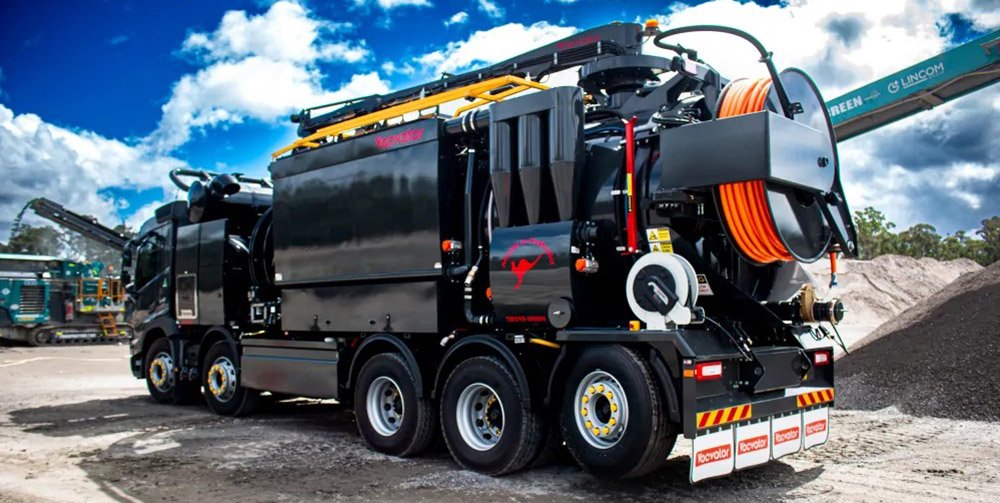Many individuals struggle to combine work and life in today’s fast-paced environment. Maintaining balance has never been more important as technology progresses and work and personal life blend. The notion of “smart” work-life balance goes beyond time management to include strategic decisions that boost productivity and well-being.Many individuals struggle to combine work and life in today’s fast-paced environment. Maintaining balance has never been more important as technology progresses and work and personal life blend. The notion of “smart” work-life balance goes beyond time management to include strategic decisions that boost productivity and well-being.
What Does a Smart Work-Life Balance Mean?
A smart work-life balance means intentionally managing your professional and personal life with the help of tools, strategies, and clear boundaries that allow you to thrive in both areas. It’s about creating a harmonious flow that supports not just your career ambitions but also your physical and mental health, relationships, and personal goals. By using efficient methods and leveraging technology, individuals can maintain high productivity levels while ensuring time for relaxation and leisure.
The Importance of Work-Life Balance in Numbers
Understanding the significance of work-life balance goes beyond theory—it has real-world implications. A survey by Deloitte reveals that 77% of professionals have experienced burnout due to poor work-life balance, with a lack of flexibility often cited as a primary cause. On the other hand, companies that prioritize work-life balance see remarkable benefits, including a 25% increase in employee retention and boosted productivity. These figures underscore the need for balance, not only for individual well-being but also for organizational success.
Setting Clear Boundaries for Better Control
The digital age has made it more difficult to separate work from personal time. With remote work becoming the norm, setting clear and defined boundaries between professional and personal life is crucial to avoiding burnout and maintaining overall happiness.
Establishing a set work schedule is one of the most effective ways to manage this balance. Defining specific start and end times for your workday helps you avoid overextending your hours and makes it easier to disengage from work at the end of the day. Similarly, creating a dedicated workspace in your home—distinct from areas where you relax or spend time with family—can help you mentally separate your work environment from your personal space.
Communication is also key. Letting your colleagues know your working hours and availability can prevent the pressure of receiving late-night emails or unexpected calls. This proactive approach to boundary-setting fosters respect for your personal time and helps maintain a healthy balance.
Embracing Flexibility to Meet Life’s Demands
Smart work-life balance requires flexibility. It allows people to balance work and life without feeling overwhelmed. Flexible working hours allow employees to attend doctor checkups without affecting their work.
Flexibility at work is essential to employee well-being. Gallup found that employees with flexible schedules experience reduced stress and better job satisfaction. People are more engaged and productive when they feel trusted and empowered to manage their time.
Leveraging Time Management Tools
Effective time management plays a pivotal role in achieving a smart work-life balance. With the help of technology, managing work and personal life becomes much more efficient. Digital calendars, like Google Calendar, can integrate both work and personal commitments, providing better visibility and preventing scheduling conflicts. Task management tools such as Trello or Asana help individuals break down large projects into smaller, manageable tasks, which increases productivity and reduces feelings of overwhelm.
Additionally, techniques like the Pomodoro Technique—where work is divided into intervals with short breaks—can enhance focus and energy levels. Research by RescueTime found that individuals who track their time are 15% more productive and enjoy greater leisure time, illustrating the impact of intentional time management.
Prioritizing Physical and Mental Health
While productivity and efficiency are crucial, work-life balance should always prioritize physical and mental wellness. Even light exercise reduces stress, improves mood, and boosts cognition. A brief 20-minute workout can boost your day-long productivity.
Practicing healthy diet is also important. Eating healthy meals gives you energy and concentration to work and play. Balance also depends on mental wellness. Mindfulness, meditation, and writing can help you stay calm and focused during a hectic day.
The American Psychological Association reports that 87% of workers think workplace wellness initiatives boost job satisfaction. By prioritizing well-being, people boost productivity and enjoyment.
The Power of Saying No
Overcommitting is one of the biggest obstacles to achieving a smart work-life balance. It’s easy to say yes to everything, but this often leads to stress, exhaustion, and neglect of personal time. Learning to say no is a crucial skill in maintaining balance. Before agreeing to additional tasks or commitments, assess whether they align with your priorities. Saying no helps protect your time and ensures you can focus on what truly matters.
Scheduling Quality Time for Yourself
While professional success is important, personal fulfillment is equally valuable. Allocating time for hobbies, relaxation, and spending time with loved ones can significantly enhance life satisfaction. Research from the Journal of Happiness Studies suggests that people who regularly engage in leisure activities experience higher levels of happiness and life satisfaction.
Scheduling quality personal time isn’t just about leisure—it’s about ensuring that work doesn’t consume your entire life. Whether it’s a weekend getaway, a regular movie night, or a quiet evening to unwind, these moments of reprieve are essential for maintaining a balanced life.
Frequently Asked Questions
What is a smart work-life balance?
A smart work-life balance is about managing your time efficiently between work and personal life without sacrificing either.
How can I set boundaries for work and personal life?
Create a defined work schedule, avoid mixing work with personal spaces, and communicate your availability to colleagues.
Why is flexibility important for work-life balance?
Flexibility allows you to adjust your work schedule to accommodate personal needs, reducing stress.
How can technology help with work-life balance?
Using tools like digital calendars, task managers, and Pomodoro timers helps you stay organized and focused.










